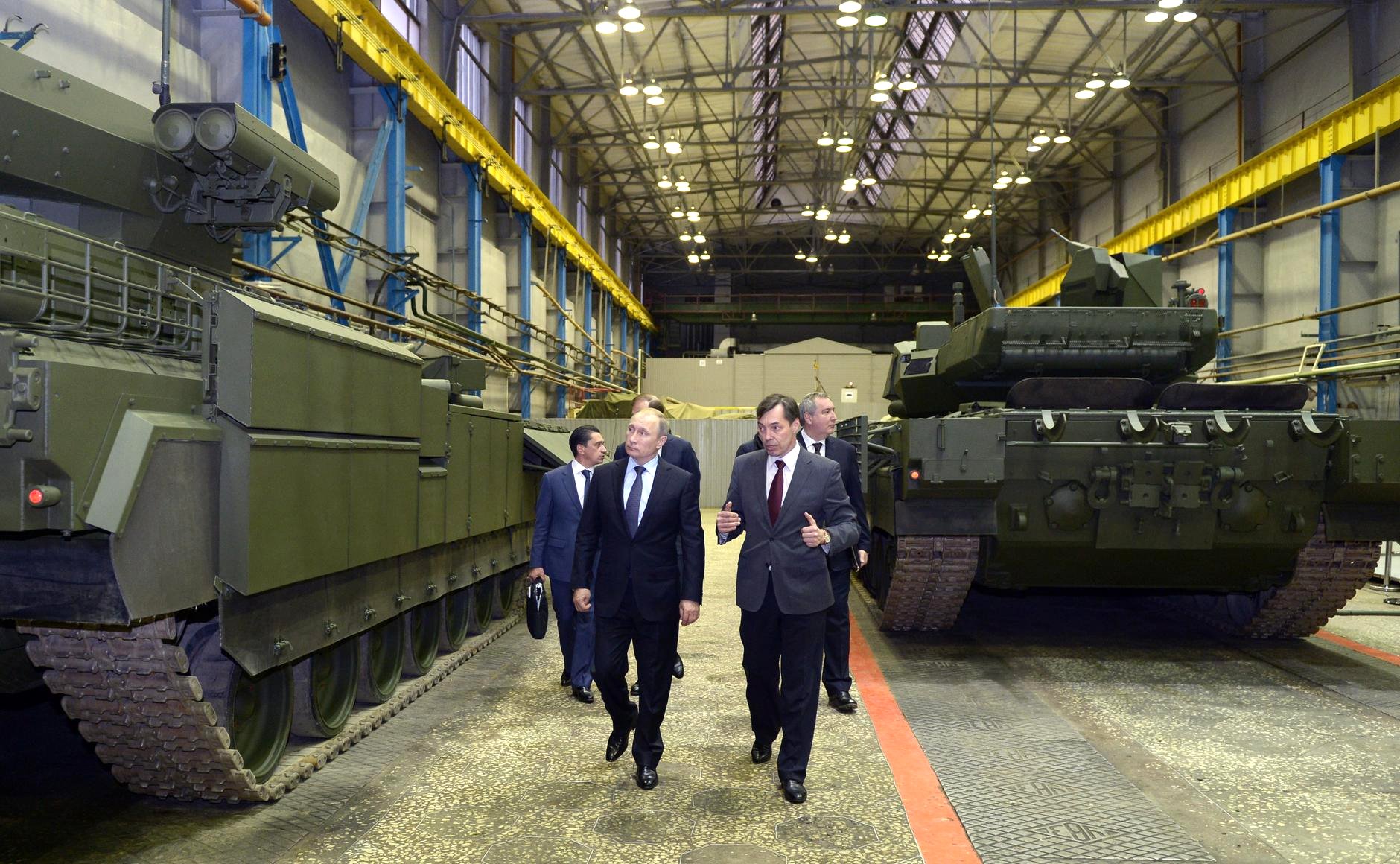Kliment Voroshilov or KV-1 is a post WWI era heavy tank manufactured in soviet union. More than 5,200 units were produced during 1939-1943 era. KV-1 served in many WWII battles with a good combat history and a victory record.
Development of KV-1
The KV- 1’s primary artillery was the 76.2 mm F- 34, and it also had three DTM7.62 mm machine ordnance. In 1939, construction began. The KV- 1 was the world’s most effective heavy tank, outperforming all other heavy tanks.
The W-2-K diesel machine could reach a top speed of 29 kilometers per hour. Ninety mm thick was the anterior armour. The KV- 1 also had a five-person crew; the system’s overall weight was around kg, with a total length of 6.2 meters.
It has a torsion bar suspense system and a five-speed forward and one-speed rear transmission. The early KV- 1s had a low position of trustability due to colorful problems. The suspense and transmission systems might affect mechanical failure and vehicle immobilization.

Torsion bar suspense system used in KV1
Modifications of KV-1
The first KV1 had a turret with 76.2 mm and a 45 mm cannon and a machine gun in the housing. The KV was rushed to the front with the onset of the Winter War but replaced only a 45 mm machine gun with a 7.62 mm machine gun and added another machine gun in the reverse of the turret to cover the tank from the army attacks.
The 76.2 mm L- 11 tank cannon was upgraded with the new 7.62 mm F- 32 guns near the end of 1940, performing in the KV- 1 or Model 1940. The KV- 1A is another name for this type.

M1942 Field Gun Same gun used in KV-1
In 1940, in response to German intelligence, they decided to beef up the armour of the KV- 1; the housing and turret were corroborated with further extraordinary armour plates. The KV- 1e has come born from this bettered KV. This came the number one get the 76.2 mm ZiS- 5 cannon, known as the KV- 1B, within the simplified title for the KV series variants.
The KV-1C (Model 1941)
The KV-1 was also over- armored in 1941, with a complete cast turret and armour around 120 mm thick. The KV- 1C used a modified interpretation of the 76.2 mm F- 34 tank gun, the 76.2 mm ZiS- 5 tank gun, designed to fit the KV- 1C( Model 1941) cast turret better.

KV 1 C Tank
These Main Tank ordnance outperformed the aged F-32 and the 76.2 mm L/ 11 from the Leningrad Kirov Factory. Another variation, the KV- 1S, was introduced in 1942 with one crucial difference it was mainly lighter due to removing much of its armour.

KV 1 S Tank
In reality, the S in KV- 1S stands for speed. Made a complete of a thousand. The KV- 1 collection also has a flame-throwing interpretation called the KV- 8. Except for the addition of a flamethrower, it’s extensively essential, as the unique platform, in discrepancy to the KV- 2. The KV- 2 came with a vastly upgraded KV- 1 nobility tone-propelled gun that noticed confined action. (2) It’s also worth noting that sure KV- 1s captured through German forces were given a German anti-tank gun to modernize the unique Soviet ordnance and have been renamed Panzerkampfwagen KV- IA 753( r) as a result.

KV 8 Flamethrower Tank
The KV- 1 is a league 5 Soviet heavy tank
The KV1 construction began towards the top of 1938. In August 1939, they created an illustration. The vehicle saw a battle for the primary time in December 1939 on the Mannerheim Line. From March 1940 to August 1942, the tank was plant-made in giant figures, with vehicles created.
In the T- 28 medium tank, utmost new players can notice the KV- 1’s enjoying different from what they are used to. It’s slow and not especially elegant, equipped with the applicable 76 mm ZiS- 5. The 57 mm Project 413 is also a fantastic choice for a heart rate and tight penetration. The KV- 1 with the 122 mm-11 cannon firing HE shells is delightful to play; still, don’t anticipate negotiating a commodity once you’re within the thick of effects.

T-28 Medium Tank
It’s one among the tanks that green gamers should learn how to kill presto because of its susceptible places blockish degree participated with the aid of using occasion capacity unit vehicles. The flat plate underneath the turret and the dropped plate underneath the nearly slanting vicinity blockish degree susceptible anterior spots, and pellets to the side and reverse can habitually access the flat 60 mm armour.
History of KV-1
During the 1939 Winter War with the Republic of Finland, the primary kilovolt order significant tank appeared.
The kV( Klimenti Voroshilov) was initially developed in the solar timetable month of 1939 and completed and tested by September 1939. The Red Army held 639 KV- 1 tank once the German violence began, and the Germans unreliableness permitted them to go down. Replaced the F- 32 guns in July 1941 with a seventy-six recruit. By 1942, the kV set on utmost specialized issues continued to rattle off the assembly lines in ever-adding figures.
When the Soviets discovered that they could make more effective heavy tanks, they halted the production of tanks in 1943, leading to the development of the Iosif Stalin series of heavy tanks.
KV-1 Variations
The Soviet KV- 1 was first used in 1939 and has experienced numerous variations. Model 1941were equipped with ZIS- 5 gun, pierce the armour of ultramodern German tanks, following the Nazi German irruption of the Soviet Union in June 1941. The welded turret on early manufacturing variants had armour up to 75 mm thick. They hung tough in fierce fighting with German armour, contributing to the Soviet resistance that would ultimately turn the tables and push back the German advance.

ZIS 5 76 mm Gun





























































